Nar Phu Valley Short Trek: 11 Days of Raw Himalayan Magic
Forget the overcrowded trails of Annapurna—this is Nepal’s wild side. The Nar Phu Valley Short Trek is your 11-day backstage pass to a hidden Himalayan realm where yak caravans still rule the trails, medieval Tibetan villages cling to cliffs, and the only Wi-Fi comes from prayer flags snapping in the wind. We’re talking high-altitude deserts, ancient monasteries stuffed with tantric relics, and glacial passes that’ll make your Insta followers weep. No tea-house hordes here—just you, a handful of hardcore trekkers, and landscapes so stark, you’ll swear you’ve walked onto a Game of Thrones set. Pack extra camera batteries. When you hit the 5,320m Kang La Pass and see the Annapurnas glowing like dragon’s teeth? You’ll want proof this place isn’t a hallucination.
This isn't just a trek—it's a time machine. For 11 raw, unfiltered days, you'll walk valleys so remote, locals still measure distance in yak bells. The trail starts innocently enough—lush Annapurna foothills, sure—but soon the earth turns savage. You'll scramble past 400-year-old mani walls carved with prayers no one can read anymore, through canyons so narrow the sunlight only visits at noon. Then comes the altitude's cruel joke: Nar Phu's villages cling to cliffs at 4,000m, where the air's thin enough to make your head pound but the views... oh god, the views. Prayer flags snap like gunfire over Nar's slate-roofed homes, where toothless grandmothers spin wool and kids who've never seen a smartphone chase dzopkyos (half-yak, all-attitude). The climax? Kang La Pass at 5,320m—a heart-pounding, knee-screaming grind that rewards you with Annapurna II floating in the dawn like some celestial shark fin. You'll ugly-cry. Then realize you're alone up there, just you and a billion years of stone, and that's when it hits: this is what the Himalayas felt like before Instagram. Bring tissues. And maybe a spare soul—this trek tends to break them wide open.
The Untamed Wilds of Nar Phu: A Living Himalayan Biosphere
Let’s get one thing straight—this isn’t your garden-variety trek through rhododendron forests. The Nar Phu Valley scoffs at postcard prettiness. Here, the landscape shifts moods faster than a Himalayan storm: one moment you’re in juniper-scented high deserts where blue sheep blend into silver cliffs, the next you’re knee-deep in dwarf birch thickets that whisper old Bonpo curses. Near Meta (3,560m), the air smells like wild thyme crushed under yak hooves, and if you’re lucky (or terrifyingly unlucky), you’ll spot the holy trinity of Himalayan ghosts—snow leopards, Tibetan wolves, and those massive Himalayan griffons that circle like feathered drones.
By the time you hit Phu Gaon (4,080m), the trees have given up entirely. Now it’s just you and the wind-scoured alpine meadows, where medicinal plants like yarsagumba (the infamous "Himalayan Jadibuti") poke through the scree. Local kids will point out elusive musk deer tracks, but the real showstoppers are the dzopkyos—yak-cow hybrids with eyelashes to die for and tempers to run from. Crossing the Kang La Pass (5,320m), the only green left is the turquoise meltwater of glacial tarns, so shockingly vivid you’ll wonder if someone dropped food coloring in the Himalayas.
(Pro Tip: That "rock" you’re leaning against at 4,500m? Probably a fossil. This valley doesn’t do subtle—it’s a full-throttle, primal scream of nature. Pack binoculars and a healthy fear of yaks.)
The Nar Phu Valley Trek: Where the Himalayas Still Guard Their Secrets
The Nar Phu Valley Trek isn’t just Nepal’s best-kept secret—it’s a restricted area Himalayan adventure where yak caravans outnumber tourists 10:1. Forget Everest’s crowds; here, the only footprints you’ll follow belong to snow leopards...
Let me paint you a picture that no brochure ever could. This isn't just a trek - it's a slow unraveling of everything you thought you knew about Nepal. That first drive out of Kathmandu? Pure chaos - honking trucks, hairpin turns, and roadside stalls selling oranges so fresh they still have morning dew. Then comes Besisahar, where the pavement ends and the real adventure begins. The road to Koto isn't so much a road as a suggestion of one, carved into cliffs by generations of determined Nepalis and their overloaded jeeps.
When you finally start walking from Koto, the valley wraps around you like a secret. Those first few hours to Meta? They lull you into false security with pine forests and the occasional donkey train. Then the canyon walls start closing in, the air gets thinner, and suddenly you're in a landscape that belongs in a Tolkien novel. The villages here aren't settlements - they're fortresses clinging to cliffs, their slate roofs blending into the mountainside. In Phu, time operates differently. You'll watch an old woman spinning yak wool with hands gnarled by decades of Himalayan winters, while her grandson facetimes relatives in Kathmandu. The juxtaposition will haunt you.
Crossing into Nar feels like stepping through a portal. The prayer flags here are faded by years of brutal winds, the chortens worn smooth by countless pilgrim hands. When you ask how old the monastery is, locals will shrug and say "very" - because in these valleys, history isn't measured in years but in generations. Then comes Kang La, that brutal, beautiful beast of a pass. The night before, you won't sleep. The morning of, your legs will shake. But when you crest that ridge and see the Annapurnas spread before you like some divine reward? That's when you'll understand why we do this - not for the photos, but for that fleeting moment when the mountains let you in on their secret.
The descent back to "civilization" feels like waking from a dream. The apple pies in Ngawal taste sweeter, the hot springs at Chame feel more luxurious, not because they've changed, but because you have. That last jeep ride back to Kathmandu? You'll stare out the window at the Trishuli River, already missing the silence of high valleys where the only sounds are yak bells and wind.
Here's what they don't tell you:
- The children in Phu will break your heart with their easy laughter despite having so little
- Kang La doesn't care how fit you are - it humbles everyone equally
- You'll develop a permanent craving for salty butter tea, no matter how weird it tastes at first
- That first shower back in Kathmandu will feel like washing away part of your soul
The Truth No One Admits:
You'll come home with rocks in your pockets from sacred passes, photos that can't possibly do justice to what you saw, and a restlessness that regular life can't satisfy. This trek doesn't just show you the mountains - it changes how you see everything. Pack light, but bring extra space in your heart. The Nar Phu Valley has a way of filling it.
Nar Phu Valley Trek: 10 Soul-Stirring Moments That Will Rewire Your Heart
Let’s be honest—most treks show you mountains. This one shows you magic. The Nar Phu Valley doesn’t just dazzle with peaks; it cracks you open with raw, unfiltered Himalayan drama—medieval villages frozen in time, passes that test your grit, and skies so big they’ll humble your ego. Here’s what awaits you on this 11-day odyssey, where every step whispers an ancient secret:
Unforgettable Highlights From This Trek
- Koto’s Hidden Gateway (2,600m) – Duck through a literal hole in the rock to enter the restricted Nar Phu Valley, leaving the 21st century behind.
- Meta’s Canyon Cathedral (3,560m) – Walk through a slot canyon where sunlight only grazes the trail at noon, painting the cliffs gold.
- Phu Village Time Warp (4,080m) – Meet Tibetan descendants in yak-wool robes, living in slate homes older than your great-grandparents.
- Kang La Pass Agony & Ecstasy (5,320m) – Summon your last breath to crest this brutal pass, where the Annapurnas erupt in a *360-degree panorama* that’ll make you weep.
- Nar’s Forbidden Monastery (4,110m) – Sneak a peek at tantric relics guarded by monks who’ve chanted the same prayers for centuries.
- Yak Caravan Encounters – Share the trail with dzopkyo trains (half-yak legends) whose bells soundtrack your trek.
- Glacial Tarn Mirage (4,500m) – Stare into turquoise pools so vivid, you’ll swear the mountains are trolling your camera.
- Snow Leopard Traces – Spot paw prints in the scree and feel the thrill of walking in a phantom predator’s realm.
- Ngawal’s Apple Pie Redemption – Devour warm apple pie post-Kang La, tasting the sweetest victory of your life.
- The Silence That Stays With You – In a world of noise, Nar Phu’s deafening stillness—just wind, prayer flags, and your own heartbeat—will haunt you forever.
The Ultimate Season Guide for Nar Phu Valley Trek: When Nature Plays Nice
Let’s cut the fluff—you don’t just want to know the "best" season. You want to know exactly what you’re signing up for: Will Kang La Pass try to kill you with ice? Will monsoon leeches treat your legs like an all-you-can-eat buffet? Buckle up. Here’s the real seasonal breakdown for Nepal’s wildest restricted-area trek, served with a side of hard truths.
🌿 Spring (March-May) – When the Valley Wakes Up
Why it’s magic:
- Skies so clear you’ll see Dhaulagiri’s fangs from Kang La Pass (5,320m)
- Wildflowers explode—think rhododendron jungles near Koto (2,600m) and blue poppies at 4,000m
- Festival fever—catch Tibetan New Year (Losar) in Phu Village (think masked dances + yak butter tea shots)
But…
- April crowds—the only time Nar Phu feels "busy" (aka 20 trekkers instead of 5)
- Unpredictable snow on Kang La—early spring attempts risk waist-deep postholing
☀️ Autumn (Sept-Nov) – The Crowd-Pleaser
Why everyone’s here:
- Post-monsoon clarity—every pebble on the trail looks HD, every mountain razor-sharp
- Stable temps (Phu Village: 10°C days, -5°C nights)—no frozen water bottles!
- Harvest vibes—help villagers thresh barley in Nar (and earn raksi moonshine rewards)
But…
- Book permits early—only 500 allowed yearly, and autumn eats 60% of them
- Dusty trails—that iconic "Himalayan golden light"? Mostly kicked-up dirt
❄️ Winter (Dec-Feb) – For the Frostbite Fanclub
Why it’s hardcore:
- Zero tourists—you’ll have 400-year-old monasteries all to yourself
- Surreal frozen landscapes—glacial tarns near Kang La turn into ice skating rinks
- Cheaper permits—even the Nepal government pities winter trekkers
But…
- Kang La = Russian roulette—avalanche risk shuts the pass 50% of days
- -20°C nights in Phu—your sleeping bag better be rated for Everest
🌧️ Monsoon (June-Aug) – The Leeches Are Waiting
Why (god why):
- Lush —valleys near Meta (3,560m) turn into Jurassic Park
- Zero permit competition—because you’ll be the only idiot out there
But…
- Trail = slip ‘n slide—mudslides regularly erase sections near Nar Phedi
- Bloodsuckers galore—leeches near Koto grow to thumb-size (salt socks = survival)
The Local’s Cheat Sheet
- Sweet spot: Late Sept-early Nov for weather, late April for flowers
- Wildcard: Early December—cold but passable, with epic snowscapes
- Just don’t: July—unless you enjoy wading through landslides
Final Truth: There’s no "perfect" season—just trade-offs. Autumn serves you the Himalayas on a silver platter. Winter? That’s for the poets and masochists. Choose your adventure—but choose knowingly.
Nar Phu Valley Trek: A Food & Shelter Survival Guide
Let’s be real—you’re not coming to Nar Phu for Michelin meals. You’re here for yak cheese so pungent it could wake the dead and teahouse beds thinner than your patience on Day 8. But here’s the straight talk on how you’ll eat, sleep, and (maybe) shower across 11 days of Himalayan wilderness.
🛏️ Accommodation: From "Cozy" to "Did I Pay for This?"
1. Koto (2,600m) – Luxury’s Last Stand
- What you get: Actual mattresses (!) and solar-powered charging in basic lodges
- Reality check: Hot showers exist… if the donkey carrying propane made it this week
2. Meta (3,560m) – The Great Downgrade
- What you get: Twin beds with yak-hair blankets smelling vaguely of campfire
- Pro tip: Sleep in your liner—laundry hasn’t reached this valley yet
3. Phu Village (4,080m) – Medieval Chic
- What you get: Stone-walled homestays where your "window" is a hole covered with plastic
- Bonus: Crack-of-dawn monastery horns as your alarm clock
4. Kang La Eve (4,500m) – Suffering in Advance
- What you get: A drafty shepherd’s hut with shared floor space (body heat is currency)
- Truth bomb: Toilets? A designated rock. Bring your own TP.
🍜 Food: What to expect during the trek?
The Staples You’ll Eat 47 Times:
- Dal Bhat 2.0: The classic rice/lentils, but with wild garlic foraged from cliffs
- Phu Special: Thukpa (noodle soup) with yak meat tougher than your trekking boots
- Survival Snacks: Tsampa (roasted barley flour) – mix with tea when your stomach rebels
Altitude Hacks:
- 4,000m+ meals: Stick to soups—your digestive system will move slower than Phu’s internet
- Energy savior: Gurung bread (fried dough) at Ngawal—like a Himalayan donut
Hygiene Reality Check:
- In Meta: Veggies are washed in glacial streams (iodine tablets = your best friend)
- In Phu: Meat is air-dried on roofs (if it smells funky, it’s "aged")
💡 Pro Tips From Guides Who’ve Seen It All
- Bribery works: A Snickers to the cook gets your dal bhat served extra-hot
- Breakfast of champs: Instant coffee + tingmo (Tibetan steamed bread) = stomach armor
- Water rules: Boiled is "safe," but Aquatabs save you from 3am sprints to the squat toilet
Final Truth: You’ll dream of Kathmandu’s pizzas by Day 5… but that first bite of fresh apple pie in Ngawal after Kang La? Worth every grimy teahouse night.
Nar Phu Valley Trek Permits: The Paperwork That Unlocks Nepal’s Hidden Kingdom
Let’s cut through the bureaucracy—this isn’t just about stamps and fees. These permits are your golden ticket to one of Nepal’s last truly wild valleys. But be warned: the Nar Phu Valley doesn’t roll out the red carpet. It makes you earn access. Here’s exactly what you need to navigate Nepal’s most fascinating permit maze.
🛂 The 3 Must-Have Permits (Plus One Sneaky Extra)
1. Restricted Area Permit (RAP) – Your Backstage Pass
- Cost: September-November: $100/week | December-August: $75/week
- Where to get it: Immigration Office in Kathmandu (not available on trail)
- Catch: Requires a licensed guide’s details and confirmed itinerary
(Pro Tip: Your agency handles this—but demand to see the physical permit before leaving Kathmandu)
2. Annapurna Conservation Area Permit (ACAP)
- Cost: 3,000 NPR (~$23)
- Where: Kathmandu or Besisahar checkpoint (but get it in KTM to avoid lines)
- Fun Fact: Funds go to preserving the very trails you’ll trek
3. TIMS Card (Trekkers’ Information Management System)
- Cost: $20 (Free if you already have one for Annapurna Circuit)
- Where: NTB office in Kathmandu or TAAN office in Pokhara
The Sneaky Fourth: Local Municipality Fee (500 NPR at Koto checkpoint) – often overlooked but mandatory
🚨 Critical Regulations (That’ll Ruin Your Trip If Ignored)
- No Solo Trekking: Armed police checkpoints will turn you back without a guide
- Permit Validity: RAP is issued for exact dates—deviate and risk $500 fines
- Photography Rules: No drones without special permit (yes, they check memory cards)
Red Tape Reality Check:
- Processing Time: Allow 2 business days in Kathmandu (September rush = chaos)
- Cash Only: USD or NPR—no credit cards at immigration offices
🗺️ Where Permits Get Checked (The Make-or-Break Stops)
- Koto (Day 3): First RAP inspection—have passport copies ready
- Meta (Day 4): Army post verifies guide credentials
- Kang La Pass (Day 8): Surprise checks occur—keep permits accessible
💡 Insider Hacks for Smooth Sailing
- Photocopy Like Crazy: 3 copies of passport, permits, and insurance docs
- Bribe the System: A smiling "tip" to officials speeds up checkpoints
- Go Autumn Early: September 1-10 avoids permit shortages
Final Reality: Yes, it’s paperwork hell. But when you’re sipping raksi in a 400-year-old Nar village that sees 200 outsiders yearly? You’ll realize—this red tape exists to keep the magic alive.
Still overwhelmed? Hire an agency (cough like us cough) to handle the dirty work. Your only job? Not losing that precious permit envelope between Kathmandu and Koto.
Nar Phu Valley Trek: The Honest Fitness Guide
Let’s get real—this isn’t a casual hike. The Nar Phu Valley Trek is a high-altitude gut check that demands respect. You don’t need to be an Olympian, but if your idea of cardio is walking to the fridge, you’re in for a rude awakening. Here’s the unfiltered truth on fitness, difficulty, and how to survive (and thrive) on this 11-day Himalayan beast.
🏋️♂️ Fitness Level Required: Can YOU Do This?
Ideal Candidate:
- Can hike 5-7 hours/day with a 6-8kg daypack
- Comfortable with steep, rocky ascents/descents (think uneven stairs for hours)
- Has prior trekking experience (especially above 3,500m)
- Doesn’t panic when oxygen feels 30% thinner
Red Flags (Reconsider If…)
- You’ve never slept above 2,500m
- A "long walk" means shopping mall laps
- You hate stairs (Kang La Pass is 1,000m+ vertical in one day)
📊 Daily Difficulty Breakdown
Section Challenge Why It Hurts
- Koto → Meta (3,560m) Moderate Long river valley trek, but altitude starts creeping in
- Meta → Phu (4,080m) Tough Rocky, exposed trail with sudden climbs
- Kang La Pass (5,320m) Brutal 8-10hr grind; thin air, icy patches, and false summits mess with your head
- Ngawal → Chame "Recovery" (LOL) Still 5hrs downhill on wobbly legs
The 3 Biggest Physical Challenges
Altitude’s Mind Games
- Phu Village (4,080m) sleeps higher than most European Alps
- Kang La Pass (5,320m) = half the oxygen of sea level
- Acclimatize or go home: The itinerary builds in rest days—don’t skip them
- Kang La’s Soul-Crushing Climb
- 1,000m+ ascent in 4hrs (that’s like climbing the Empire State Building… twice)
- Rocky, icy, and steep—trekking poles aren’t optional, they’re survival tools
No Escape Routes
Once past Meta, you’re committed—no roads, no choppers unless emergencies
How to Train For Narphu Trek?
Phyiscal Prep:
- Cardio (3-4x/week)
- Stairmaster with a backpack (start at 20 mins, work up to 1hr)
- Hill repeats (find the steepest slope near you, hike up/down for 45+ mins)
- Strength (2x/week)
- Lunges (weighted, because Kang La is just one long lunge)
- Calf raises (descending hurts worse than climbing)
Mental Prep:
- Cold showers (to simulate Phu’s "bathroom" experience)
- Sleep with your pillow over your face (altitude breathing simulator)
💡 Pro Tips from Survivors
- "Train tired"—hike after a workout to mimic trek exhaustion
- Break in boots like your life depends on it (because your toes do)
- Practice breathing (4 steps inhale, 4 steps exhale)
Final Reality Check:
If you can hike 15km with 800m elevation gain on a weekend and still walk the next day? You’ll survive. If you’re wheezing after two flights of stairs? Fix that first.
Conclusion:
The Nar Phu Valley Short Trek is a hidden gem offering a unique blend of cultural immersion and natural splendor. With its diverse communities, stunning landscapes, and challenging terrain, this trek provides an unforgettable experience for those seeking adventure off the beaten path.
Looking to take your Himalayan adventure further? Embark on the Manaslu Circuit Trek , a more extended and varied journey through Tibetan-style villages, lush valleys, and the challenging Larke La Pass for an unforgettable experience.
🧭 Alternative Tours & Packages
- Luxury Manaslu Circuit Trek – Helicopter Return Expedition
Experience the rugged beauty of the Manaslu region in comfort, with deluxe accommodations and a dramatic helicopter return offering stunning mountain vistas.
- Sacred Tsum Valley & Manaslu Circuit – Hidden Himalayan Trek
A culturally rich and remote trekking route that leads you through the sacred Tsum Valley and around the towering Manaslu massif, showcasing untouched traditions and breathtaking scenery.
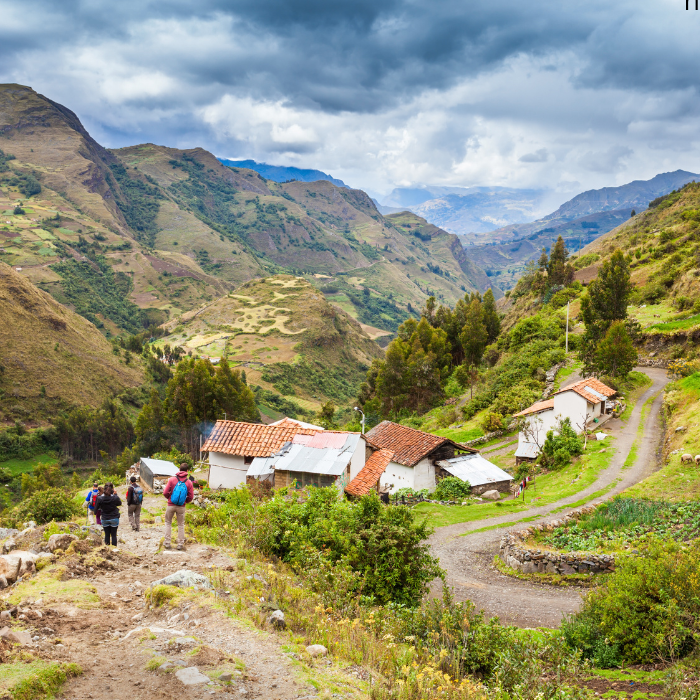
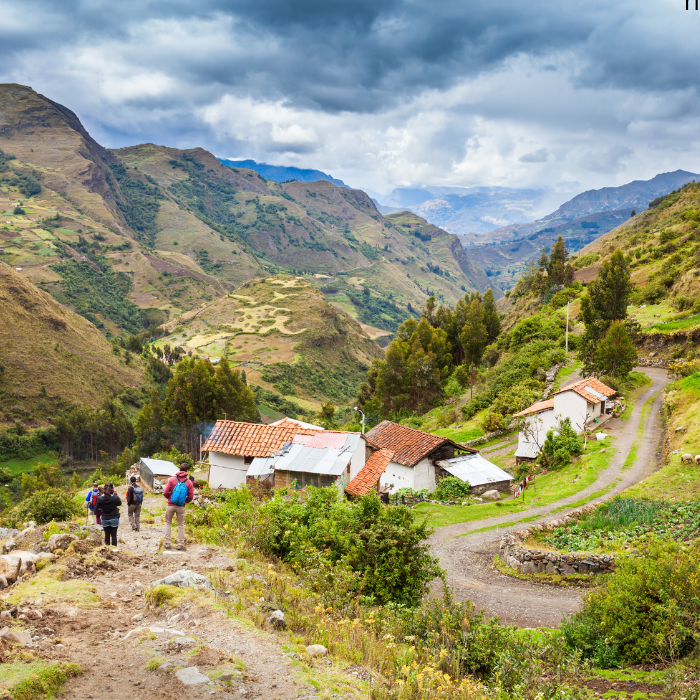
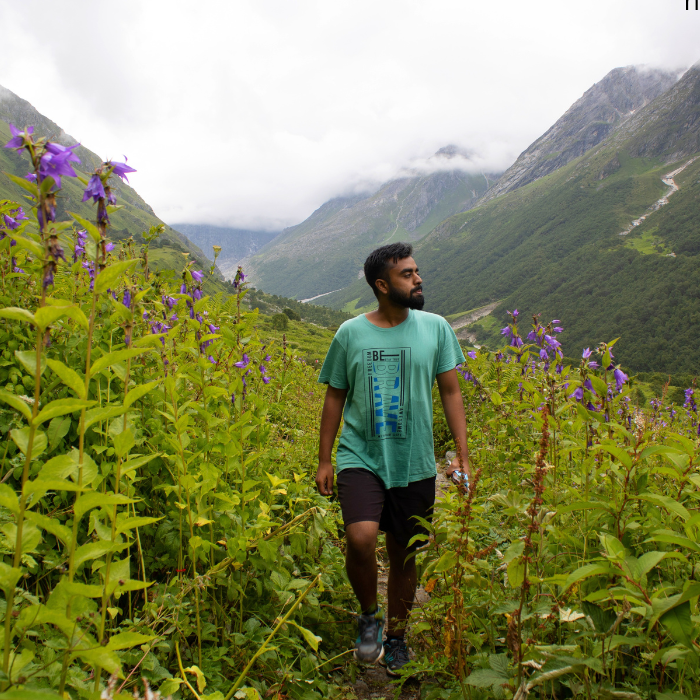
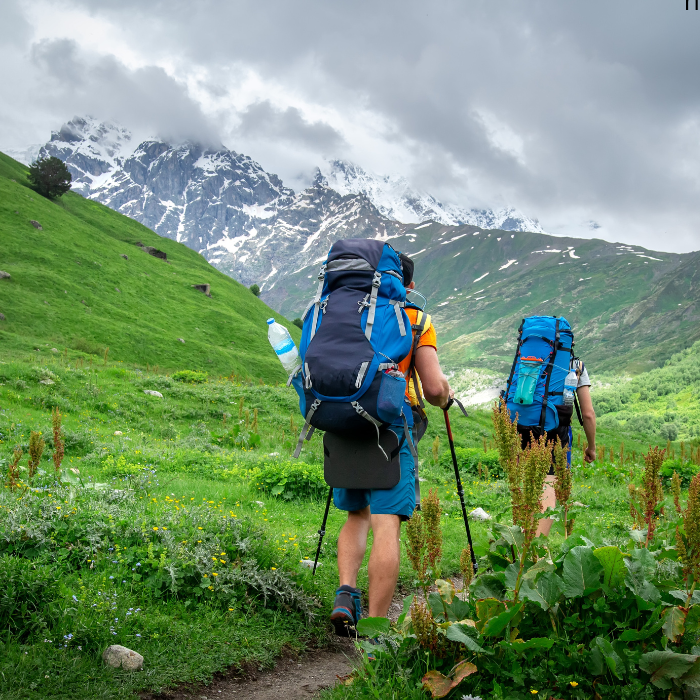
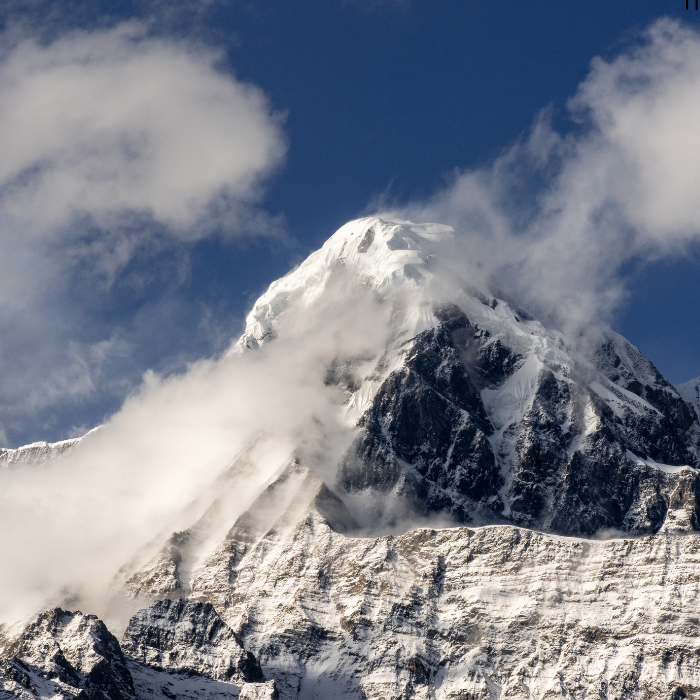
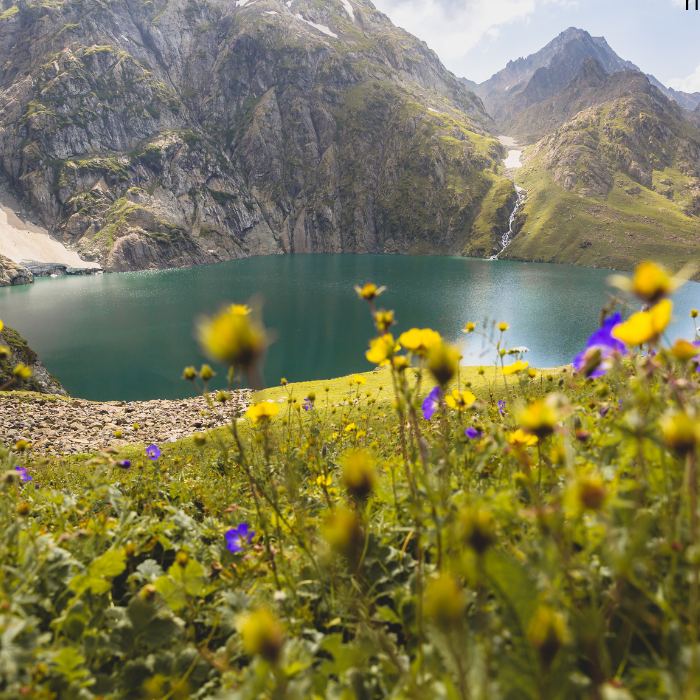
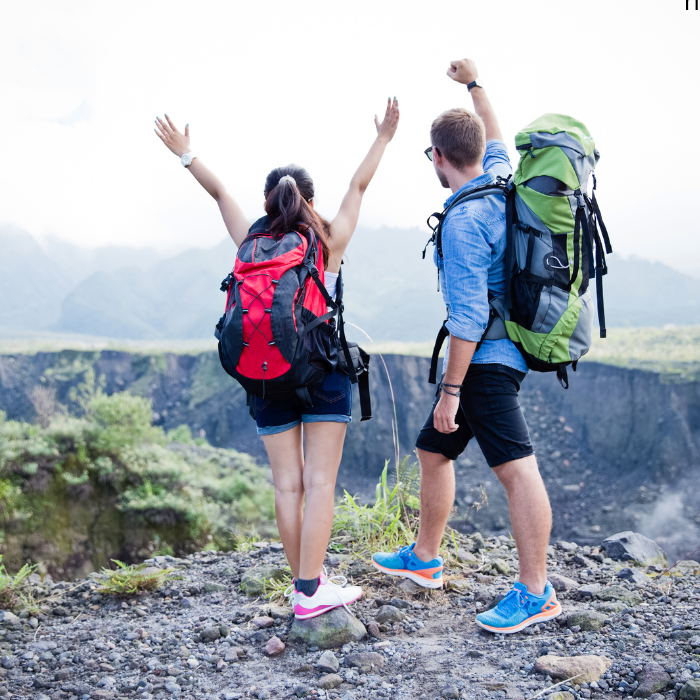


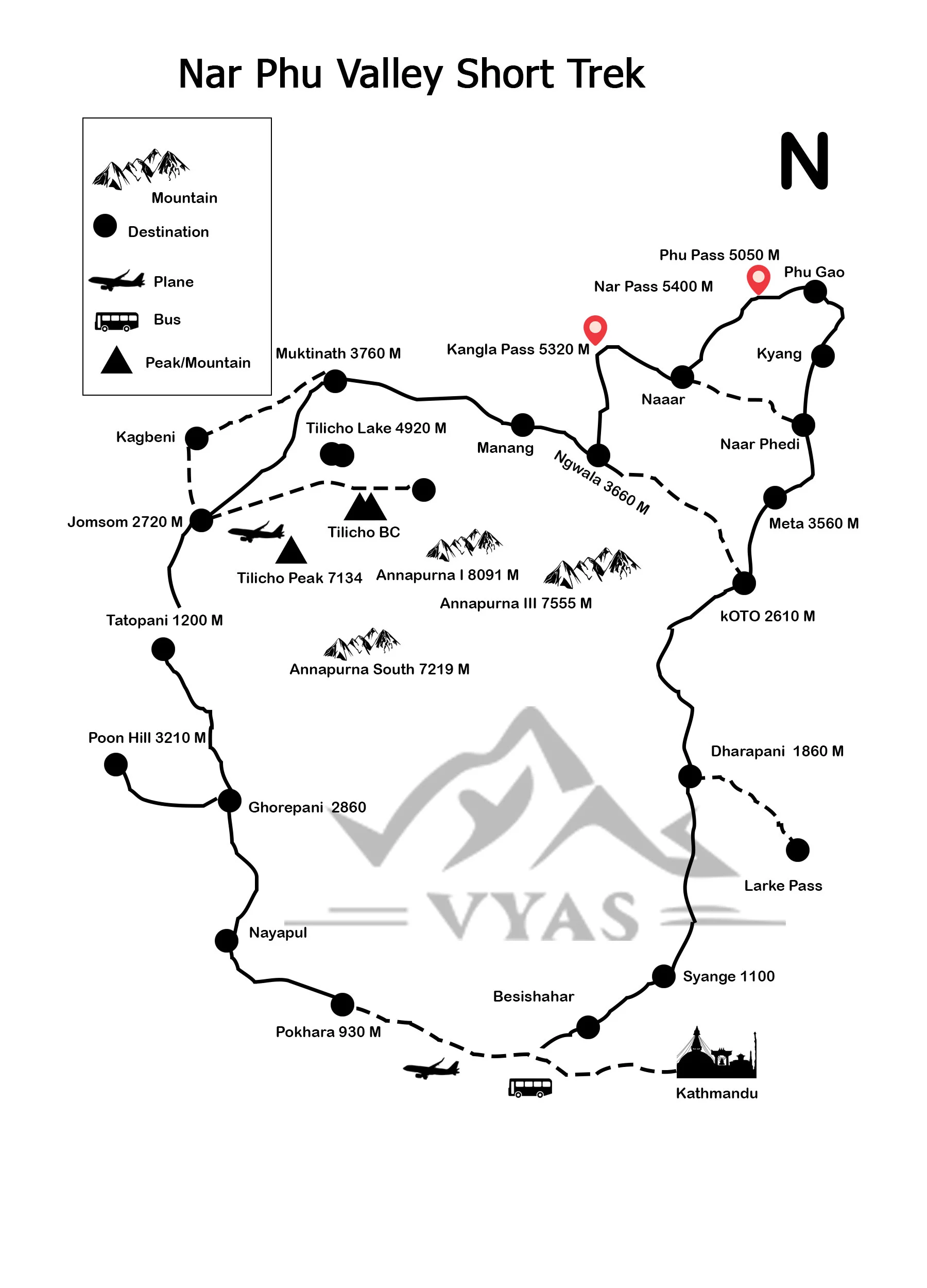






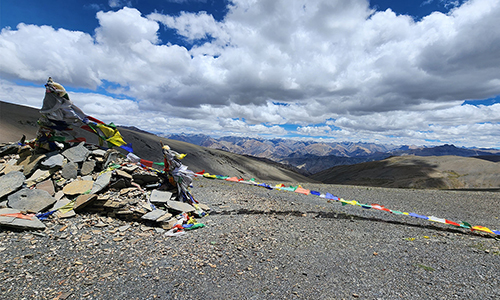

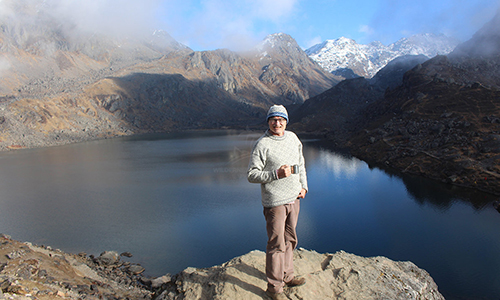


Daniela Novak
2025-06-16 12:58:05
The Nar Phu Valley Short Trek with Vyas Treks Nepal was a magical journey into a hidden part of the Himalayas. The trail was remote and peaceful, with dramatic landscapes and authentic Tibetan-influenced villages. Our guide was outstanding—knowledgeable, kind, and supportive throughout the trek. This was one of the most culturally rich and off-the-beaten-path adventures I’ve ever had. Highly recommended!